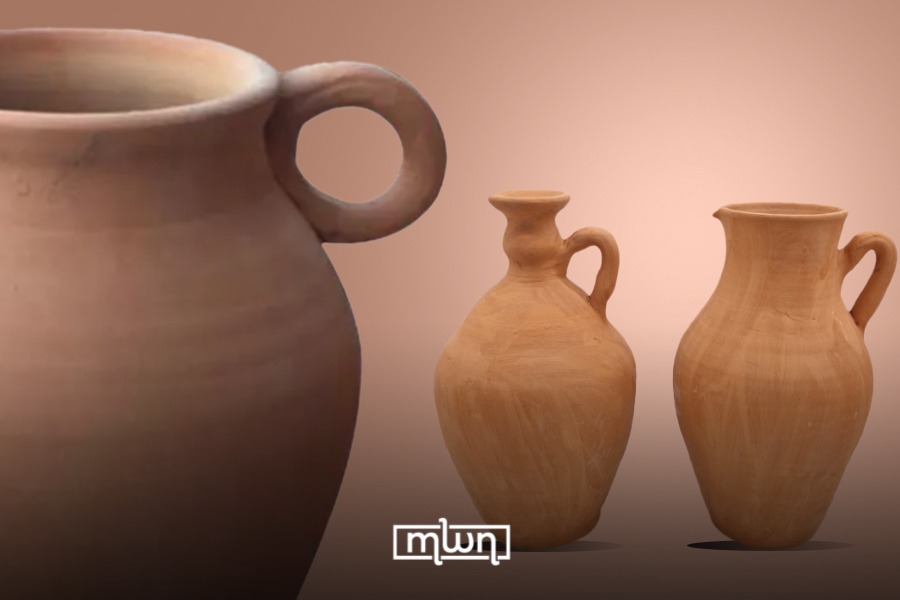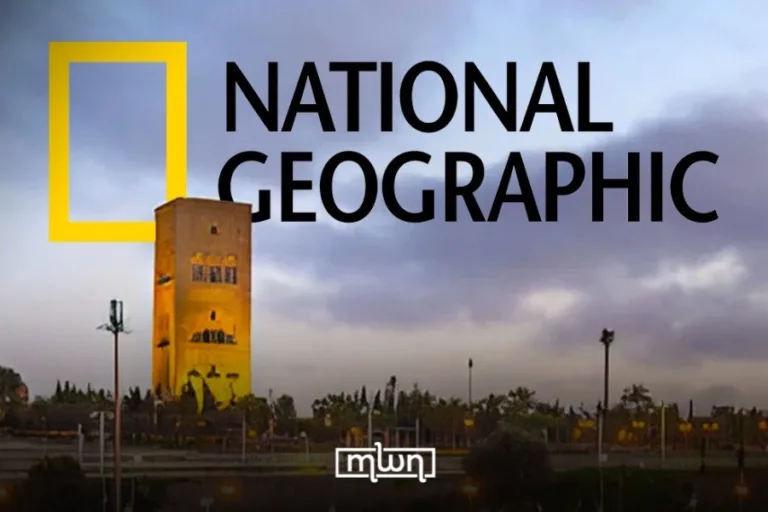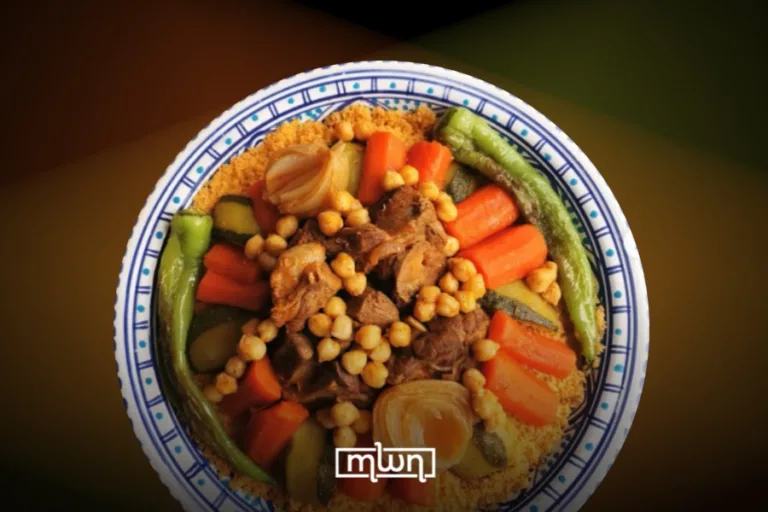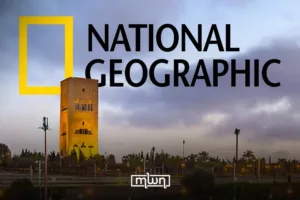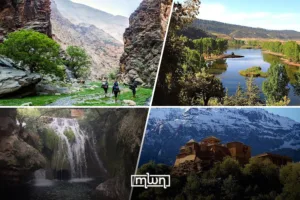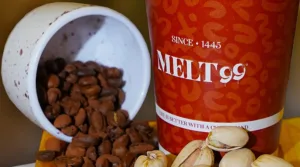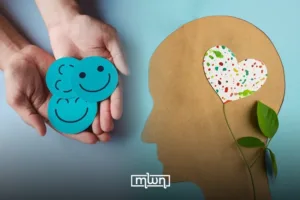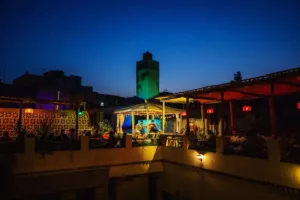Long before modern cooling systems, Morocco had a water tradition so simple yet so perfect it deserves to be remembered.
Fez– Not too long ago, before refrigerators took over Moroccan homes, Moroccan families relied on something far more traditional to keep their water cool: the khabia.
This large clay jar, placed in the shade and coated with a layer of a thin of tar, preserved water’s freshness while giving it a unique, refreshing taste.
Next to it, a smaller version called the Qola served the same purpose, often found in homes, shops, and even on the streets for passersby to quench their thirst.
Every old neighborhood in Morocco had its khabiat, tucked away in cool corners, shaded alleys, or beneath tree trunks. In the scorching heat of summer, they were a lifeline for anyone needing a sip of cold water.
Children eagerly took on the task of refilling them, carrying buckets from the communal saqaya (public water fountain) to ensure the jars never ran dry. It wasn’t just about drinking water, it was an act of kindness, a silent bond that tied communities together.
Back then, neighborhoods felt like extended families. Every home was open, and a child could enter any house, drink from its khabia, and leave without a second thought.
There were no taps inside houses, no bottled water, and certainly no fancy cooling machines. Instead, there was the khabia, the qola, and a handful of simple yet joyful childhood games.
But the khabia wasn’t just a household staple; it played a crucial role in Morocco’s public life. In a beautiful tradition now nearly extinct, generous residents would place a large khabia on the roadside, filling it daily with fresh, cool water for anyone passing by.
Covered with damp burlap to help the water cool and shaded by tree branches, these clay jars became a refuge for the thirsty, a silent act of charity for the sake of goodness and remembrance of loved ones.
A small clay cup, glazed with tar, was always placed on top, inviting strangers to drink and pray for the soul of the one who provided it.
Today, the khabia has largely disappeared and has been replaced by modern technology. Some still keep it for decoration or for preserving olive oil, honey, or pickled olives. A few, however, remain loyal to its charm, swearing by the unmatched taste of water stored in clay.
And while the world moves forward, Morocco’s old streets whisper stories of a time when water wasn’t just a necessity but a gesture of love, a tradition of giving, and a piece of heritage now fading into memory.
Read also: Moroccan Street Vendors: The Real Masters of Marketing

